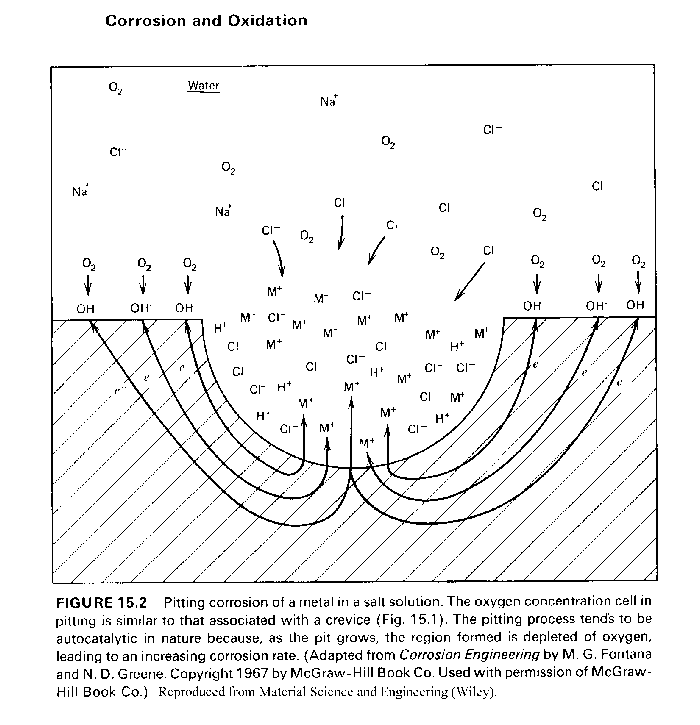| It is currently Sun Nov 10, 2024 3:24 pm |
|
All times are UTC - 5 hours [ DST ] |
Superheater Element Material Specs
Moderators: Rick Rowlands, tomgears, Randy Hees
 
|
Page 2 of 2 |
[ 27 posts ] | Go to page Previous 1, 2 |
|
| Kelly Anderson |
|
||
|
Joined: Tue Sep 14, 2004 7:52 am Posts: 2484 |
|
||
| Overmod |
|
||
|
Joined: Thu May 24, 2012 1:37 pm Posts: 2383 |
|
||
| Kelly Anderson |
|
||
|
Joined: Tue Sep 14, 2004 7:52 am Posts: 2484 |
|
||
| Bruce_Mowbray |
|
||
|
Joined: Mon Sep 15, 2008 7:59 pm Posts: 90 Location: Springville, PA |
|
||
| M Austin |
|
||
|
Joined: Sat Feb 05, 2005 1:05 am Posts: 478 |
|
||
| M Austin |
|
||
|
Joined: Sat Feb 05, 2005 1:05 am Posts: 478 |
|
||
| Overmod |
|
||
|
Joined: Thu May 24, 2012 1:37 pm Posts: 2383 |
|
||
| M Austin |
|
||
|
Joined: Sat Feb 05, 2005 1:05 am Posts: 478 |
|
||
| M Austin |
|
||
|
Joined: Sat Feb 05, 2005 1:05 am Posts: 478 |
|
||
| whodom |
|
||
|
Joined: Sun Aug 22, 2004 8:31 am Posts: 1326 Location: South Carolina |
|
||
| M Austin |
|
||
|
Joined: Sat Feb 05, 2005 1:05 am Posts: 478 |
|
||
 
|
Page 2 of 2 |
[ 27 posts ] | Go to page Previous 1, 2 |
|
All times are UTC - 5 hours [ DST ] |
Who is online |
Users browsing this forum: 70000, Google [Bot], Majestic-12 [Bot] and 65 guests |
| You cannot post new topics in this forum You cannot reply to topics in this forum You cannot edit your posts in this forum You cannot delete your posts in this forum You cannot post attachments in this forum |


